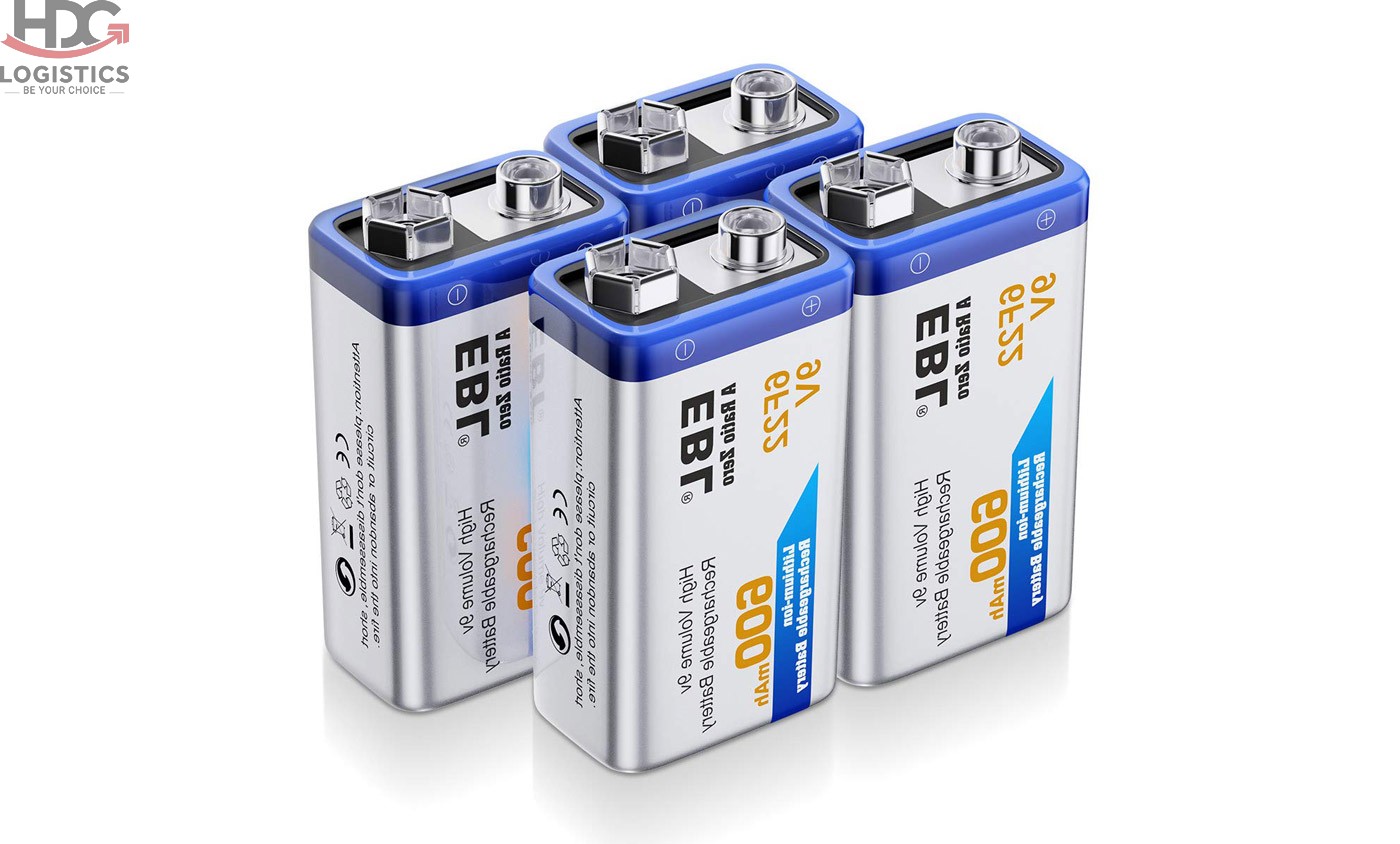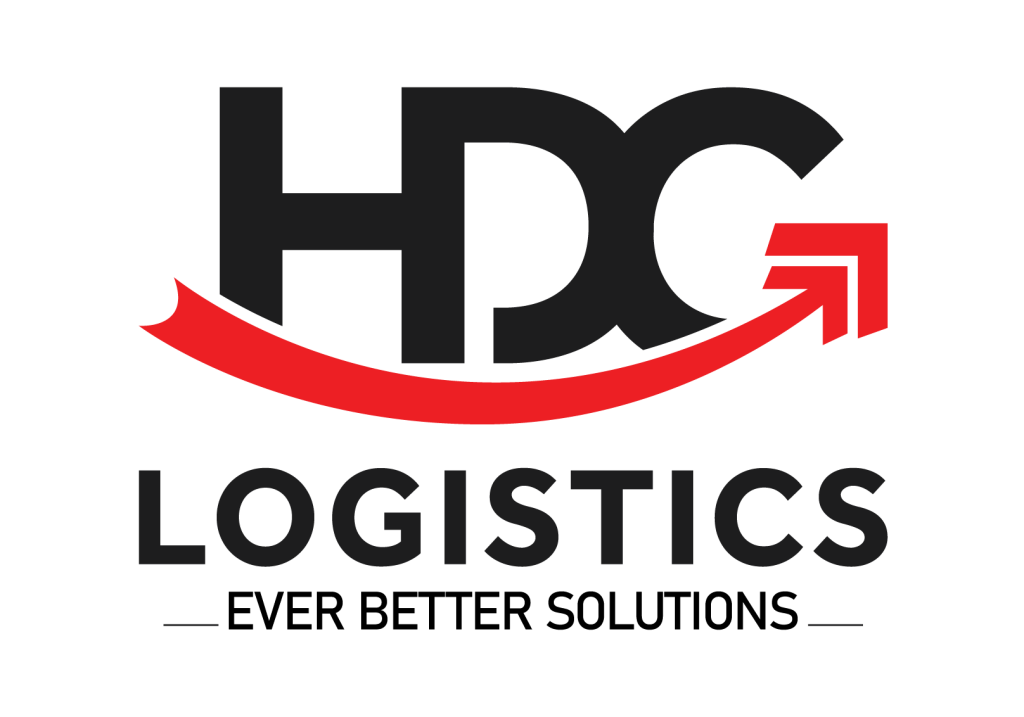Lithium batteries, a major technological achievement of the 21st century, are becoming increasingly popular in a wide range of fields from consumer electronics to industrial applications. Vietnam, with the strong development of the technology market, has witnessed an increase in the demand for lithium batteries imports. To help businesses and individuals better understand the Lithium batteries import procedures, this article will provide an overview of the steps needed to import this batteries legally and efficiently.

Demand for Importing Lithium Batteries in Vietnam
Lithium batteries, also known as Liion batteries or lithiumion batteries, abbreviated as LIB, are a type of rechargeable batteries. This type of batteries uses lithium ions to move between the anode and cathode during charging and discharging, generating current for electronic devices.,… Widely used in mobile electronics, vehicles, solar systems,…. Lithium batteries can be divided into two main types:
Lithium Metal Batteries:
- Uses pure lithium metal as the negative electrode.
- Has a higher energy density than lithiumion batteries.
- However, it is also more dangerous because it is flammable and explosive.
Lithiumion (Liion) Batteries:
- Use lithium compound as the negative electrode.
- Safer than lithium metal batteries.
- There are different types with different characteristics and applications.
Policies and legal regulations when carrying out proceduress for importing lithium batteries
Businesses carrying out proceduress for importing lithium batteries require strict compliance with Vietnamese legal regulations. Here are the basic steps in the import process
- VAT Law No. 13/2008/QH12 dated 03/06/2008;
- Decision No. 04/2017/QDTTg dated 09/03/2017;
- Circular No. 38/2015/TTBTC dated 25/03/2015 and amended and supplemented by Circular No. 39/2018/TTBTC dated 20/04/2018;
- Decree No. 69/2018/NDCP dated 15/05/2018;
- Decree No. 43/2017/NDCP dated 14/04/2017;
- Decree No. 128/2020/NDCP dated 19/10/2020;
- Circular No. 2/2022/TTBTTTT dated 16/05/2022.
According to current regulations, lithium batteries are not on the list of goods banned from import. However, businesses need to pay attention:
- Old and used lithium batteries are on the list of goods banned from import;
- Lithium batteries used for handheld devices such as mobile phones, laptops, and tablets need to be declared conformity according to Official Letter No. 2220/BTTTTKHCN.
Businesses need to understand the legal documents related to Lithium batteries import procedures, including tax laws, government decisions and circulars.

HS code and import tax rates for lithium batteries
HS code Lithium batteries
HS code is a code for the systematization of goods in international trade, which needs to be accurately determined to apply appropriate import tax rates and avoid legal risks
The HS code of Lithium Batteries belongs to heading 850760. The exact HS depends on what type of device the batteries is used on:
- 850760: By lithium ion:
- 85076031: Types for laptops including notebooks and subnotebooks
- 85076032: For Airplanes
- 85076033: Used for Chapter 87 vehicles
- 85076039: Other
Import tax rate of lithium batteries
- Normal import tax 5%
- Preferential Nk Tax: 0%
- VAT 8%
Lithium batteries import procedures
A customs dossier comprises:
- Commercial Invoice
- Packing list
- Sales contract
- Certificate of Origin
- Product Technical Documents (Catalogue)
- Declaration of conformity
Labeling of imported goods
The labeling of imported goods not only helps to trace the origin and responsible units but also supports stricter management of goods. In particular, this process is mandatory for lithium batteries imported from abroad.
Label content
Decree No. 43/2017/NDCP has clearly stipulated the content of labels for items. For lithium batteries, the label should include exporter/importer information, product details, origin, and other information in English or language with translation. Customs will thoroughly check the contents of the label during the import process.
Label Placement
The location of the label is equally important. Labels need to be affixed in a conspicuous position on the package such as cartons, wooden bales, product packaging. This helps save inspection time when importing lithium batteries and other items.
For retail goods, the label needs to add manufacturer information, quantity, specifications, date of manufacture, and safety warnings.
Risks when labels are not in accordance with regulations
Failure to apply or mislabel can lead to serious consequences such as fines under Article 22 of Decree 128/2020/NDCP, loss of import tax incentives due to invalid certificate of origin, and the risk of loss and damage to goods due to lack of warning during transportation.
The labeling of goods according to regulations is mandatory, helping the management agency identify and manage goods, determine the origin and unit responsible for the product.

Lithium Batteries Import Procedures
Step 1: Customs declaration
When you have fully prepared import and export documents including contracts, commercial invoices, lists of goods, sea waybills, certificates of origin, notification of arrival, and HS codes of Lithium Batteries, you can enter the declaration information into the customs system through customs declaration software.
Step 2: Register for declaration of conformity for the product (for Lithium Batteries on handheld devices)
For this type of Lithium Batteries, it is necessary to make a declaration of conformity for the product.
The documents include:
- Certificate of registration for quality inspection according to the form
- Sales contract
- Commercial invoice
- Packing list
- Bill of Lading
- Certificate of Origin (C/O)
After the system responds and confirms that the dossier meets the standards, the enterprise will submit a hard copy. The Sub-Department of Standards, Metrology and Quality will sign and affix the seal. One copy is filed with customs and one copy is stored by the enterprise.
Step 3: Open the customs declaration
After completing the declaration, the customs system will classify the declaration.
If the declaration is classified, print and bring the import dossier to the customs sub-department to open the declaration. The next steps will depend on the classification result (green, yellow, or red).
Step 4: Customs clearance of goods
After completing the inspection and no problems arise, the customs officer will approve the customs clearance of the declaration.
You proceed to pay the import duties and complete the customs clearance of the goods.
Step 5: Shipping and use
After the declaration is cleared, you liquidate the declaration and complete the necessary proceduress to transport the goods to the warehouse for storage and use.

Importing lithium batteries into Vietnam is a complex process that requires an extensive understanding of legal regulations and customs proceduress. By strictly following the above steps, businesses can ensure that they import lithium batteries legally and efficiently, contributing to the development of the technology market in Vietnam.
For more detailed information and assistance with lithium batteries import procedures, businesses and individuals can refer to companies that provide professional and reputable logistics services.



 Tiếng Việt
Tiếng Việt 日本語
日本語 中文 (中国)
中文 (中国)

